“Do you not think that there are things which you cannot understand, and yet which are; that some people see things that others cannot? But there are things old and new which must not be contemplate by men´s eyes, because they know - or think they know- some things which other men have told them. Ah, it is the fault of our science that it wants to explain all; and if it explain not, then it says there is nothing to explain.”
- "Dracula" by Bram Stoker
Romania is full of myth, monsters and mystery. Most notable, of course, Dracula, his home, Transylvania. We'd been driving in Transylvania for days as it's a huge region, but we were now heading into the heart of vampire country.
Our destination, Sighișoara, the home of Vlad the Impaler. This gem of a medieval town truly charmed us. We parked the car outside the original fortress walls near one of the 14 original watch towers still standing, each maintained by a different craft guild back in the day. We made our way with our suitcases bumping along in tow, through cobbled stone streets lined with brightly colored homes from centuries ago. (That same delightful cobble stone took a huge dent out of the rental car. I am the worst with rental cars.)
Our room looked right over the main square, our windows lined with red geraniums, complete with tiny hummingbirds. We climbed the town's focal point, the clock tower, and got in trouble for snapping pics of the mobile clock made up of seven figures representing the days of the week in the form of ancient gods, seven planets and their corresponding alchemical metal symbol. (The Huntress Diana is associated with Monday, the moon and silver.) We strolled every inch of this fairy tale, drank beer in dreamy stone nooks surrounded by flowers, and chased old ladies for photo ops. Hard to believe that around the corner, a dark legend was born.
In Sighisoara you can visit the room where in 1431, Vlad the Impaler was born. For a buck you walk into a dark room with red curtains draped everywhere, and a man sleeping in a coffin in the middle of the floor. Every couple minutes he rises to scare people and ask for tips. As Joanne said, "Well, that's a job."
Vlad ruled Romania from 1456–1462. He was hell bent on bringing order to his country and began to impose harsh judgment on those who broke the law. This included impaling. He ordered it like Costco orders toilet paper - in mass bulk. You steal bread? Well he assumed your brother and dad and cousin would to - so you're all going to suffer.
Impaling is as awful as it sounds. A huge wooden stake is placed up your rectum, near your spine, out your chest, then the stake is planted. And it's done carefully, so you survive it for a few days. Soon he had a garden of impaled citizens outside his walls, begging townsfolk to make better decisions, and turning away potential enemies.
He gained a certain reputation and centuries later, he was the inspiration for Bram Stoker, an Irish writer living in New York. Bram had never been to Romania, but researched enough to create a myth out of a man.
Now Vlad really was named Dracula. He and his father were members of the Order of Dragons, so his father was, Vlad II Dracul. As the son, Vlad was known as Dracula. And true myth of the vampire, a blood sucker, goes back in time from monsters all around Europe, most notably the Strigoi from Italy.
We learned all of this at Bram Castle, the epicenter of all things Dracula. The only thing scary about this place was the terrifying amount of hideous Made in China vampire and Minion chachkies. Yet the castle literally has nothing to do with Dracula. It's a fabricated marketing dream, and people are just going with it. So combine the name, the impaling, the castle and voila, you have a monster on your hands. (The real history of the royal family that lived there was an actual fairy tale - Queen Marie and her stunning daughter, Princess Ileana.)
Leaving the monsters and crowds behind, we made our way to the foot of the Făgăraș Mountains to the mysterious Temple of Șinca Veche - the Cave of Wishes. There is more unknown than known in this sacred spot that's been used for ritual for over 7,000 years.
It was awfully hot and very quiet. We made our way into the trees and there was the cave, just next to a spring with waters said to heal. Water drainage created a natural spiraled tunnel into two chambers of the cave, that was later hand-cleared by man in the 13th century. A hole in the ceiling brings a tunnel of sunshine onto the floor in front of the alter, where many stand to take in the light. Legend has it that this 'tower' serves as a pathway for supernatural energy to flow in and out. People were standing against the walls, eyes closed, taking in the energy of this very special place. I could have stayed for hours.
Carvings date back centuries, various religious and cult symbols, most a mystery. We made friends with some lovely locals from Bucharest who visit twice a year to "recharge the batteries." After joining them for a meditation to the sound of the trees and leaves on the roof of the cave, they pointed us in the direction of the working monastery in the woods.
We took the short walk and encountered nuns selling water bottles next to a pretty faucet. Did I mention how hot it was? Swigging away, the nun desperately found a man to translate that we were indeed chugging holy water meant to bless yourself each morning. #American
Leaving on that note, we headed farther south into the Carpathians to Colti. This speck of a farming town is the only place to find amber in the country, and it's also home to hundreds of secluded hermit caves. Inhabitants from as early as 1050 AD practiced Hesychasm, literally, "to keep the stillness", a form of deep prayer meditation, and were lead by Dionysius the spinner.
We quickly learned that you need a guide to show you the way to the more remote, and damn cool, homes carved into huge boulders. We settled for one we could drive to, the Aluniş Monastery carved into rock in 1274, and the longest continually used church in Romania. We left wanting more, like any good mystery.
"What comes to your mind when you think of the word Transylvania, if you ponder it at all? What comes to my mind are mountains of savage beauty, ancient castles, werewolves, and witches - a land of magical obscurity. How, in short, am I to believe I will still be in Europe, on entering such a realm? I shall let you know if it's Europe or fairyland, when I get there."
- "The Historian" by Elizabeth Kostova
PS We also took in one of Romania's other icons, the painted monasteries of Bucovina. These gorgeous churches from the 15th century are covered with Byzantine paintings depicting entire stories from the Bible on the exteriors, surrounded by rose bushes. Here we also crashed a Spanish tour's breakfast buffet. Gracias!
Transylvania: Dracula & Other Mysteries
Thursday, September 08, 2016
 Sighisoara, Transylvania, Romania
Sighisoara, Transylvania, Romania
Other Entries

 Sighisoara, Transylvania, Romania
Sighisoara, Transylvania, Romania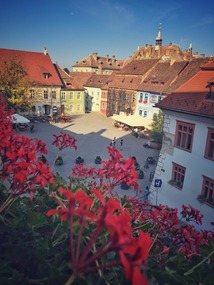
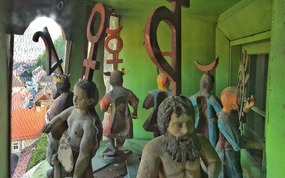

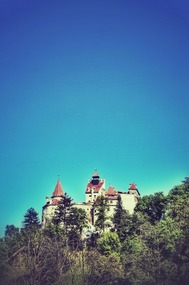
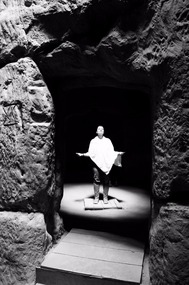
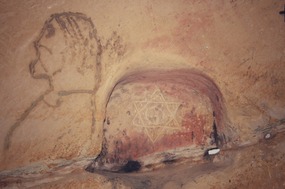
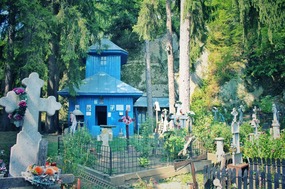
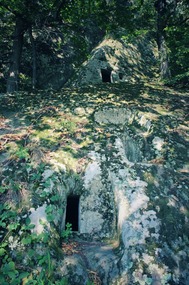
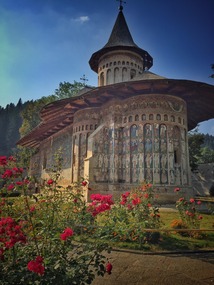

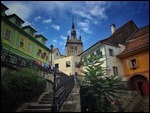
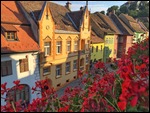

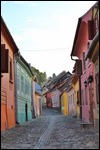
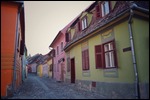
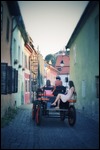
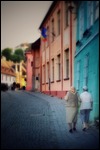
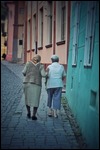

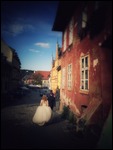
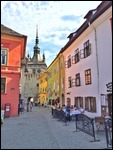
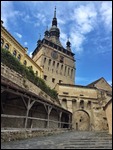
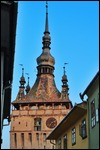

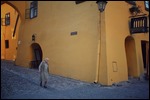
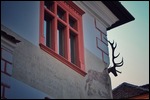
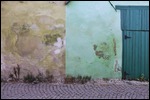
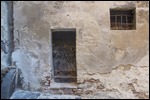
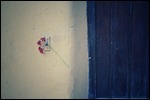
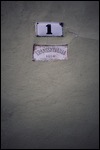
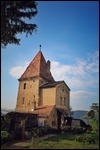

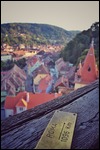
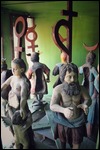
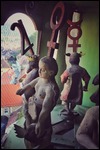
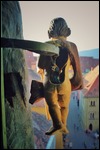
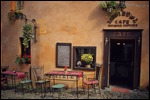
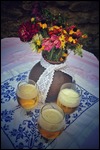
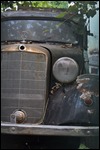
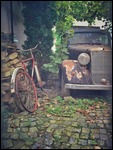
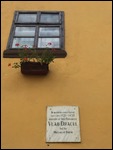
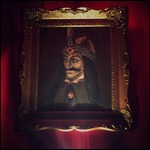
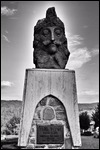
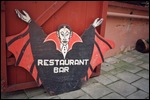
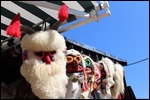

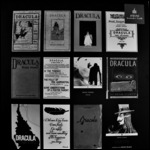
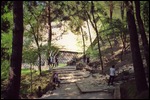

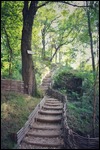
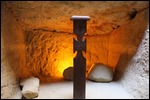
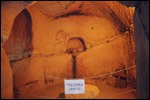
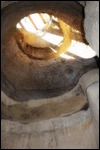



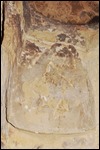
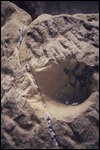
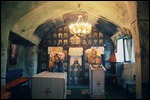
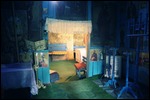
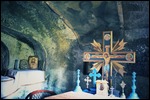
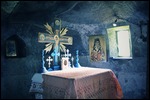
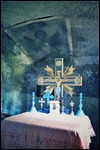
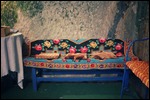
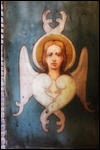
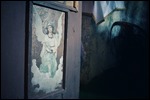
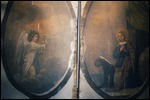
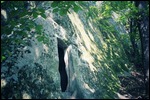
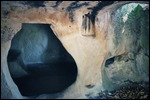
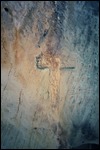
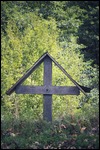
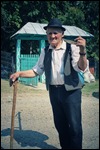
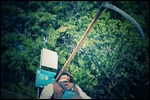
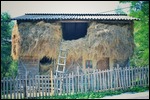
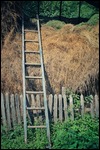

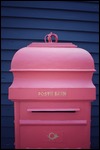
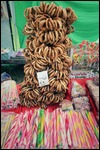
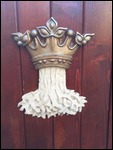
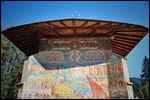
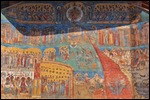
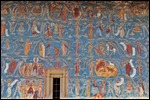

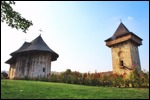
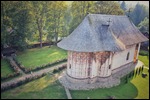

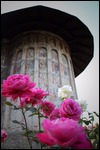
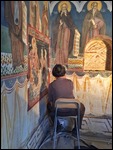
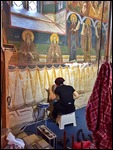
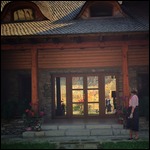
2025-05-23